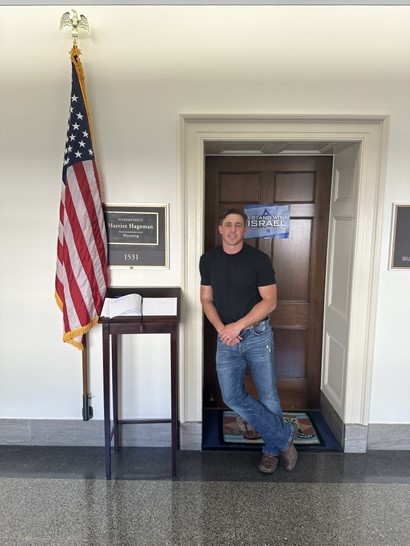The principle of the separation of church and state is foundational to many modern democracies, ensuring religious freedom and preventing the government from favoring or establishing any religion. Travis Thompson of Wyoming explains that this concept has a long, nuanced history, deeply entwined with political and theological debates, evolving through centuries from ancient scribblings to constitutional law.
Early Seeds in the Western World
The idea that religious and political powers should be separate can be traced back to various ancient civilizations, but it gained significant philosophical backing in Europe during the Enlightenment. Philosophers like John Locke in England articulated arguments for religious tolerance and against the intertwining of governmental and ecclesiastical power. Locke’s writings posited that civil governance should concern itself only with the protection of life, liberty, and property, advocating that the church’s influence over civil matters undermines this purpose.
However, the practical application of these philosophical ideals in governance came much later. The brutal religious wars in Europe, especially the Thirty Years’ War, which ended with the Peace of Westphalia in 1648, began to change perspectives. This treaty, which concluded one of the most destructive conflicts in European history, contained provisions that allowed rulers to choose their principalities’ religion but also granted some degree of religious freedom to minority faiths, setting a precedent for religious coexistence under state regulation.
The American Experiment
The United States of America, emerging from its own struggle against British rule, became the crucible for a bold experiment in government. The founding fathers, influenced by Enlightenment ideals and their diverse religious beliefs, debated the role of religion in government as they drafted the nation’s Constitution. Their consensus on preventing any single religion from dominating government affairs was codified in the First Amendment to the U.S. Constitution, ratified in 1791, which explicitly prohibits Congress from making any law respecting an establishment of religion or prohibiting the free exercise thereof.
Thomas Jefferson, one of the key figures in American history, famously articulated this principle in an 1802 letter to the Danbury Baptist Association. His phrase, “a wall of separation between Church & State,” vividly captured the spirit of the First Amendment. Though originally intended to address federal government actions, interpretations over the years have broadened its application to state and local governments, fundamentally shaping American public life and policy.
Global Influence
The American model of a secular state—where the government neither supports nor opposes any religion—inspired many other nations grappling with the challenges of religious diversity and political governance. In the ensuing centuries, nations across Europe and other continents adopted various forms of this principle, each tailoring the concept to fit their unique social, political, and cultural contexts.
For example, France’s 1905 law on the Separation of the Churches and State is another landmark in the history of secular governance. This law ended the state funding of religions and affirmed the neutrality of the state in religious matters, although the journey towards this law was marked by intense political and anti-clerical sentiment, unlike the more philosophically driven American approach.
Challenges and Contemporary Debates
Despite its widespread acceptance and implementation, the separation of church and state continues to be a contentious issue in many parts of the world. In some countries, religious institutions still play a significant role in political decisions, while in others, laws and policies reflecting majority religious beliefs sometimes challenge the principle of state neutrality in religious matters.
In the United States, debates over the display of religious symbols in public spaces, prayer in public schools, and the funding of religious organizations reflect ongoing tensions about the extent and meaning of the “wall” between church and state. Each case that reaches the judiciary not only tests the robustness of Jefferson’s principle but also underscores the dynamic nature of its application.
The separation of church and state is more than a constitutional doctrine. It is a cultural ethos that underscores the complex interplay between religion and politics. As societies evolve and new challenges emerge, the interpretation and implementation of this principle continue to evolve, requiring constant vigilance and active participation by citizens to navigate the fine line between religious freedom and governmental authority. This balance is crucial not only for preserving democratic values but also for fostering a society where diverse beliefs can coexist peacefully, free from governmental interference or endorsement.
